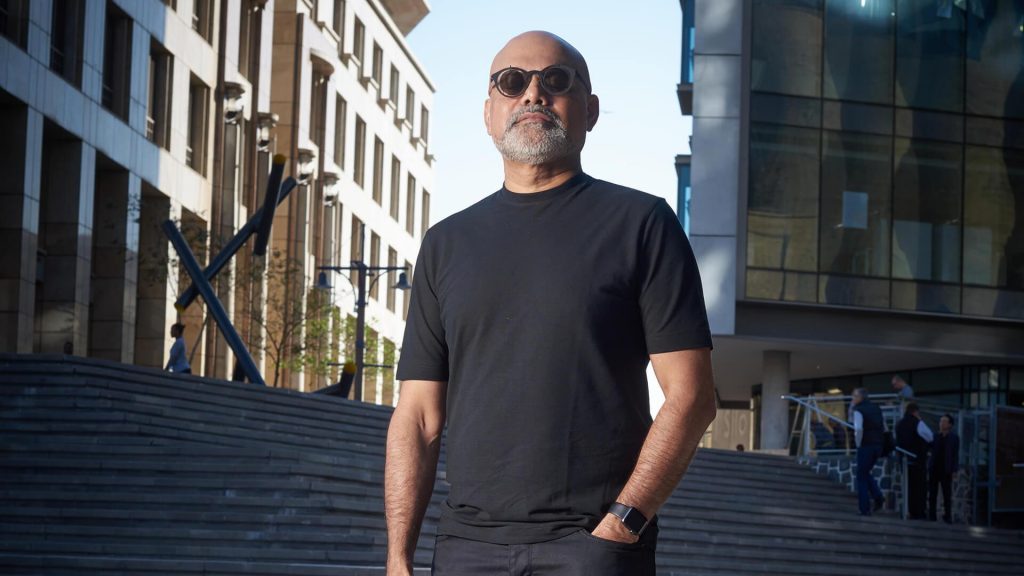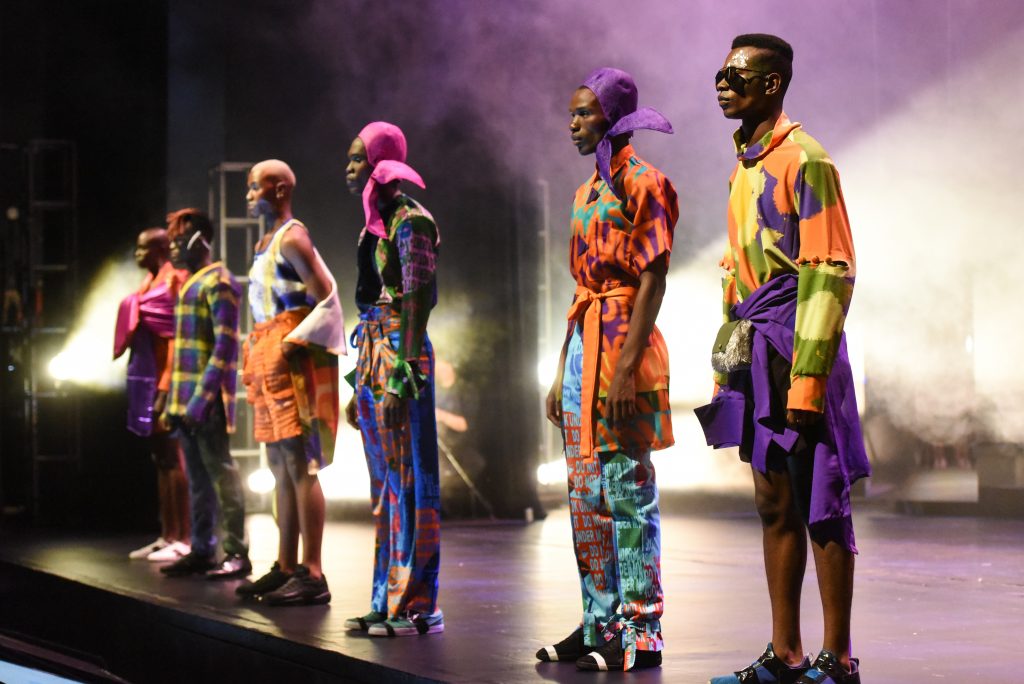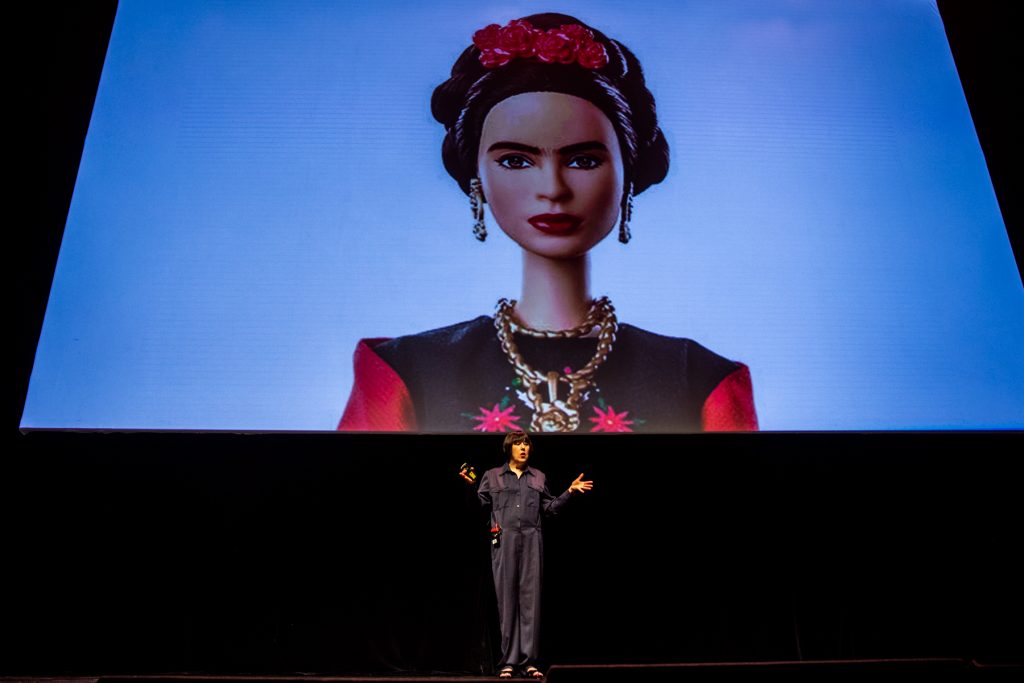Interview: Ravi Naidoo of Design Indaba
The event’s founder discusses its incredible growth and design’s ability to change the world

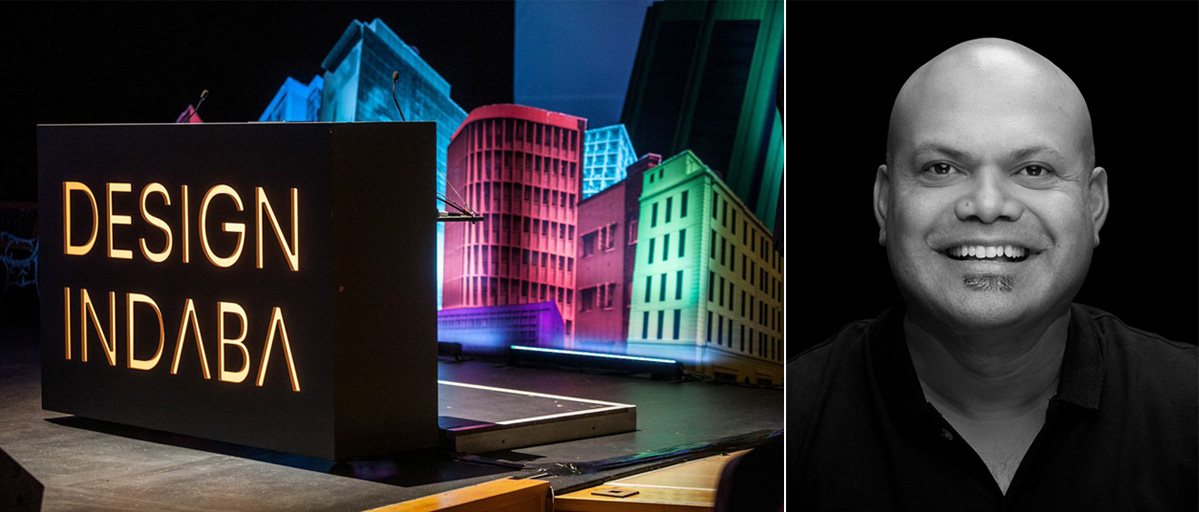
In just two days, the 20th edition of Design Indaba—the Cape Town-based conference that has celebrated creativity and promoted design for two decades now—will open. Known for its eclectic, inspirational roster of speakers, the conference gathers creatives from all over the globe for the three days it’s held; simultaneously, Indaba also hosts an expo showcasing high-end design, a music festival as well as a film festival. This year the line-up features (among many, many others) CH favorites Studio Formafantasma, The Workers and Hella Jongerius, who will speak about her redesign of the interior of the KLM long haul Boeing 747-400 jets. Among the genre-spanning speakers will be “rebel architect” Santiago Cirugeda, artists Dominic Wilcox and Ng’endo Mukii, chef (and street food revolutionary) Roy Choi and photographer Omar Victor Diop. We called up the man behind the world’s biggest design event, Design Indaba founder and managing director Ravi Naidoo, to talk about what he’s most looking forward to this week, the event’s development over the past twenty years, and how design can truly change society.
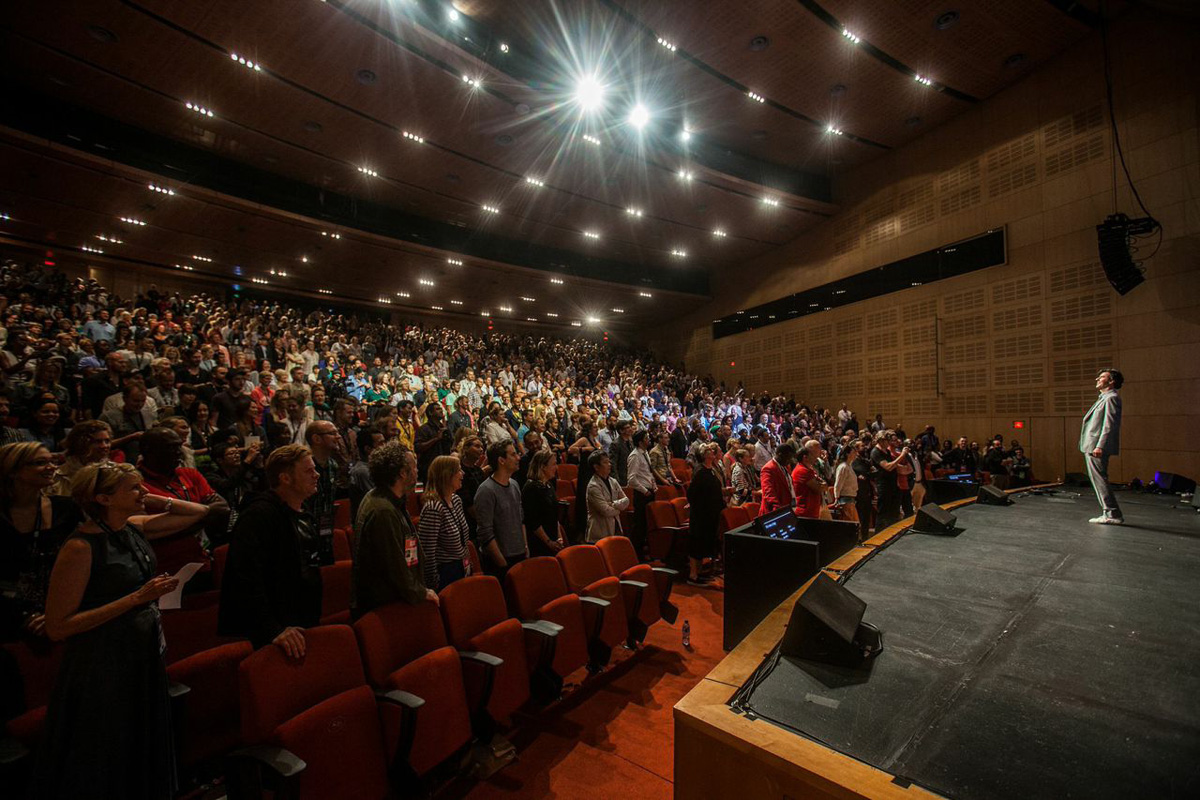
It’s the 20th anniversary of Design Indaba this year and you have some very interesting speakers lined up. Who are you most looking forward to seeing?
Some of the people I’m really excited about are the Africans of the program—all of them are just so fabulous; for example, Studio Propolis from Kenya and artist Ng’endo Mukii—she studied at Rhode Island School of Design and the RCA. These are a new generation of global Africans, who are super technically skilled and studied at some of the best universities, and all of them came back and are making a contribution to the continent. There’s also Selly Raby Kane, a fashion futurist out of Dakar, and rapper M.anifest, who just toured with Damon Albarn. And Nástio Mosquito, from between Belgium and Luanda, Angola, who just won the Future Generation Art prize and will be exhibiting at the Venice Biennale. He will be doing a performance art piece at the music event that’s going to be quite cool.
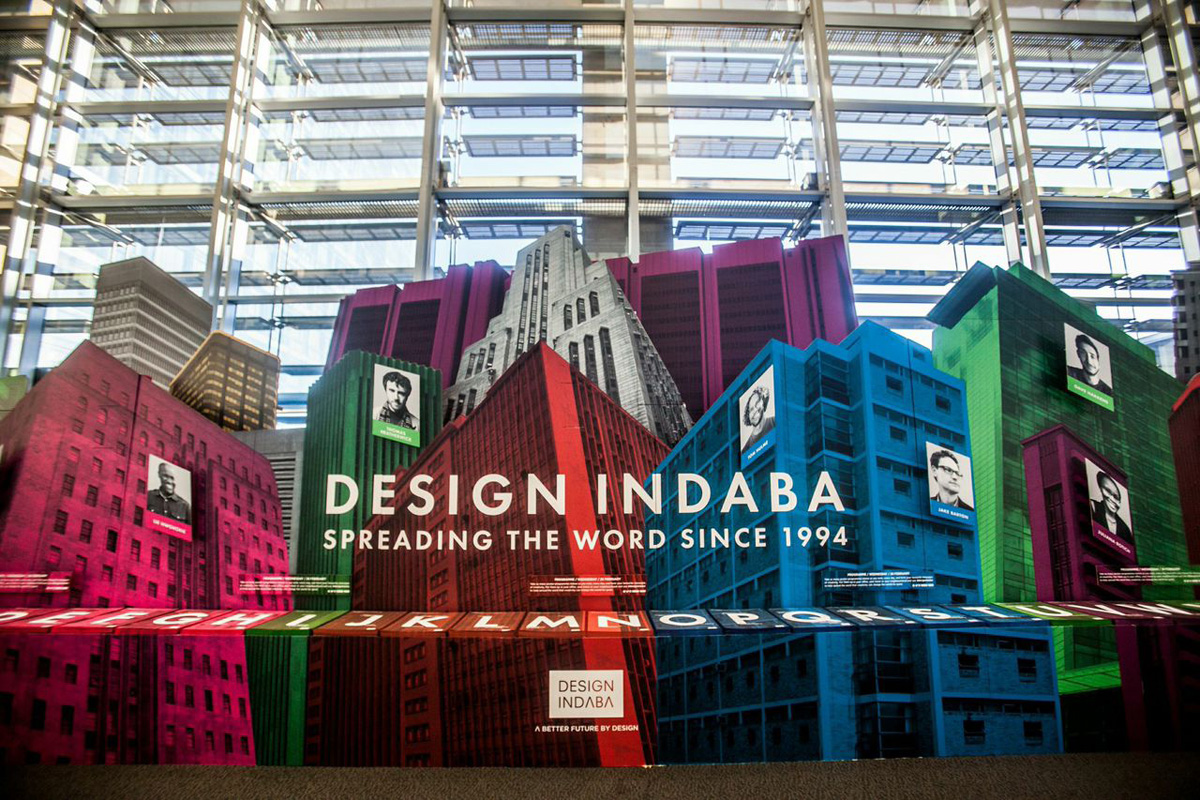
How has Design Indaba grown in the 20 years since it began?
You have to grow domestically first, be relevant to your city and your country, and now we’re trying to be really relevant to our continent. What’s nice is that African creators have worked out that it’s much cheaper, for starters, to come to Cape Town than to go to London. It’s also about context, and being with their peers from elsewhere in Africa makes sense—there’s a camaraderie, a comradeship and a sense of community that’s emerging and really exciting.
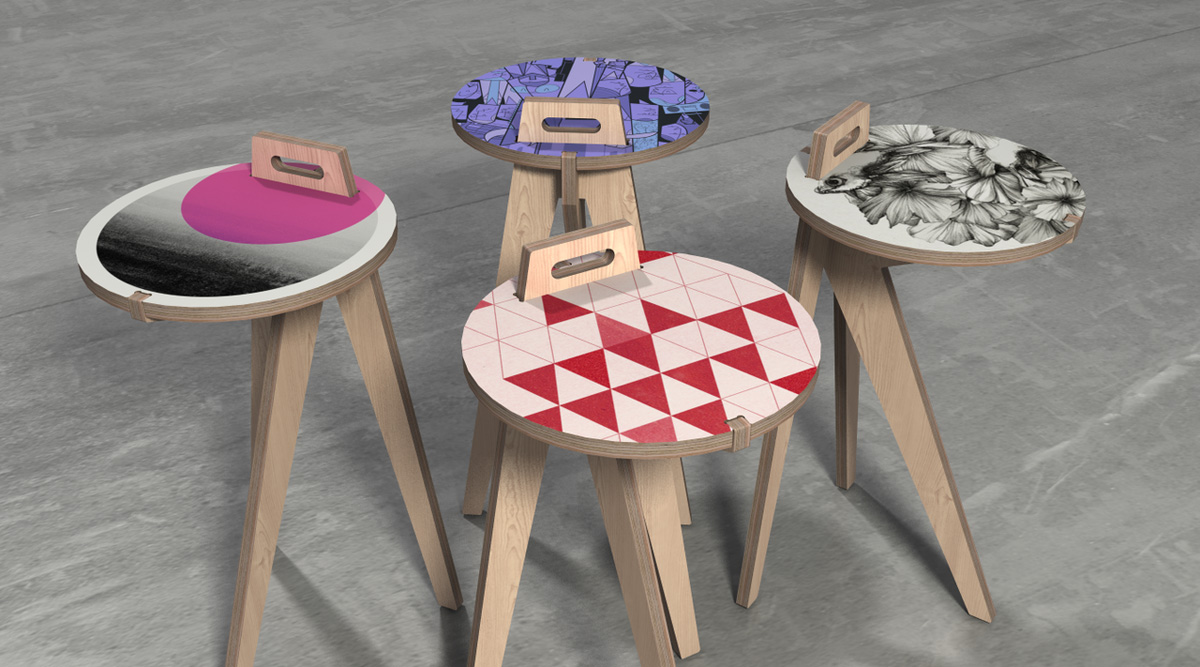
Is design playing a bigger role in South African society now than it did back then?
This week, across all platforms, we’re going to have 70,000 people coming out to Indaba—we could barely rustle up 200 people 20 years ago. Ten years ago, at the expo, we could barely get 40 exhibitors; this year we will have over 600. More people in South Africa now have the creative courage to start new businesses—about 40% of the exhibitors at the expo are new. So that’s very exciting. It’s still early days in the growth of the design industry here, and it’s still mainly mom-and-pop, cottage-y businesses—we haven’t grown our own Alessi or Vitra yet, but that’s going to happen in the next decade, that’s for sure. There will be design houses emerging and one of those exhibitors is going to be on a steep trajectory from a mom-and-pop company to perhaps becoming a pan-continental enterprise.
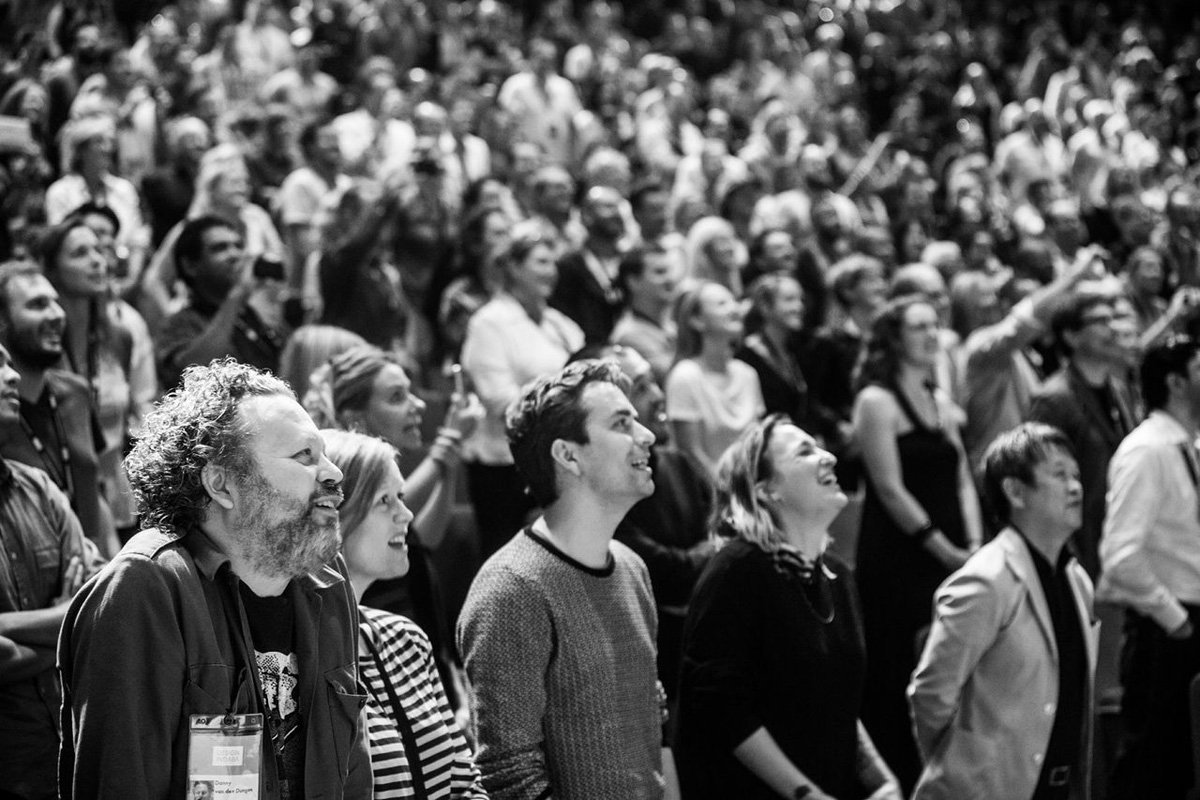
What makes Design Indaba so unique?
Too many of the design events in the world tend to be jingoistic and nationalistic—they have to be because they’re sponsored by cities, regions and governments, and they have to toe that line. I think it’s a bit of a pity, because you lose so much diversity. The big advantage we have is that we’re so fiercely independent and so non-aligned, we can really do what we want to. We don’t report to a city manager, provincial manager, national manager or politician, and that’s very liberating. Even the South Africans who present at Design Indaba have to qualify, they must be of global importance and stature. There are no free passes for anybody. You’re really able to establish a bit of global zeitgeist—all of a sudden you see the guy in Sydney producing something that is aligned with what the guy in Santiago, Chile is doing. One might be an architect and the other a fashion designer, but they’re aligned in terms of thinking. And those are the interesting emerging themes that you start to notice. We’re all in this together and it’s wonderful to be able to join the dots and find that level of connectivity across color, creed, time zones and sectors.
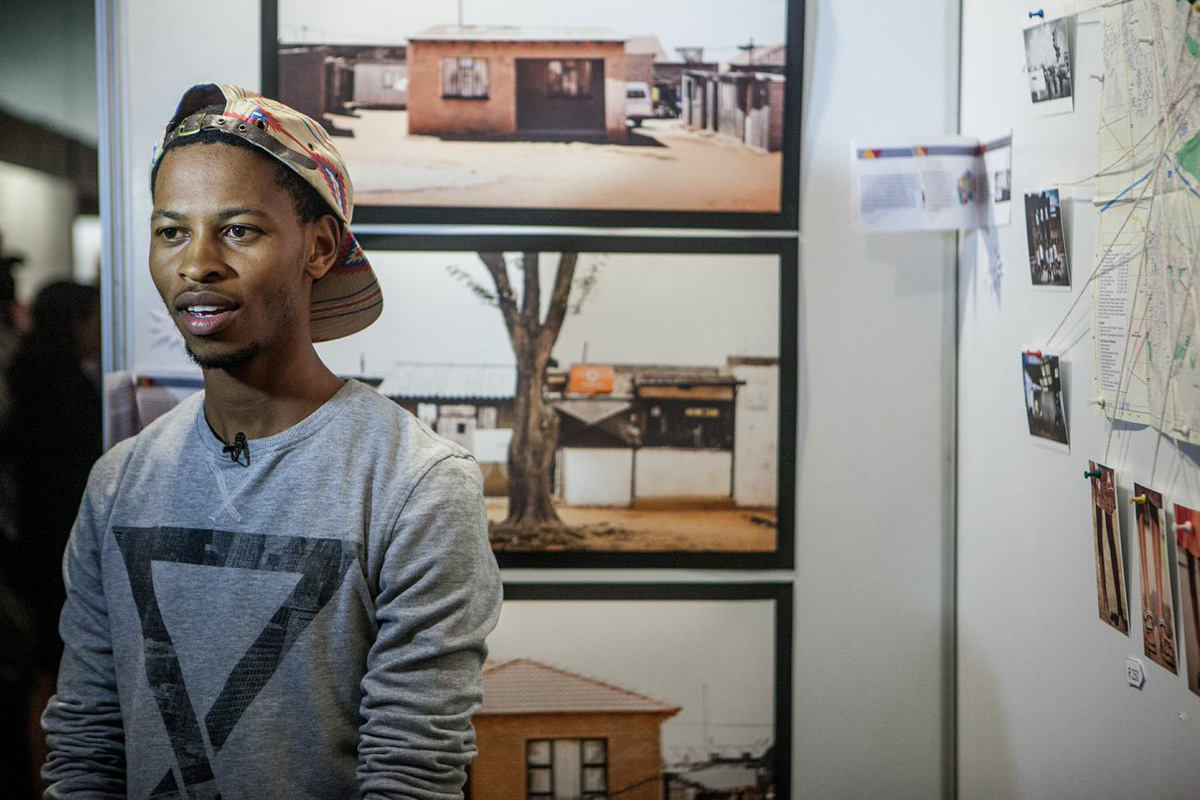
You’re a proponent of the idea that design can change society, does Indaba give you new ideas that you can then integrate into South African society?
Our masters aren’t brands, our masters are people.
Absolutely. When we set this thing up, we said to ourselves, “We’re less about design in service of a brand and more about design in service of society.” So that was one of the first foundation stones for the entire platform. The second was that we’re not about eventing; we’re about using the event to affect change. So the corollary to the “think tank” that we have over three days is what we call the “do tank.” The difference between DI and other platforms and events is its activism, and the fact that DI builds houses and creates programs that transform streets. That has given us a lot of legitimacy and credibility in the community and globally, because it’s saying that our masters aren’t brands, our masters are people. We do this for the people first and foremost. We have this practice, aligned to the event, that’s all about taking the ideas and pushing them out there, activating them and making them come alive. Because what’s the point of pushing ideas out if they’re just left in the ether? We need to take the ideas and convert them into reality.
A big part about DI is that it’s not for the 1% so much as it is for the 99%. That’s the yardstick against which we measure ourselves—it’s about finding relevance to your context. We have a rather unique context here in Africa and we can’t try to emulate what our peers are doing in New York, London and Milan—we have to be fit for our purpose and our context, so we’ve adapted how we approach design and how we dramatize design.
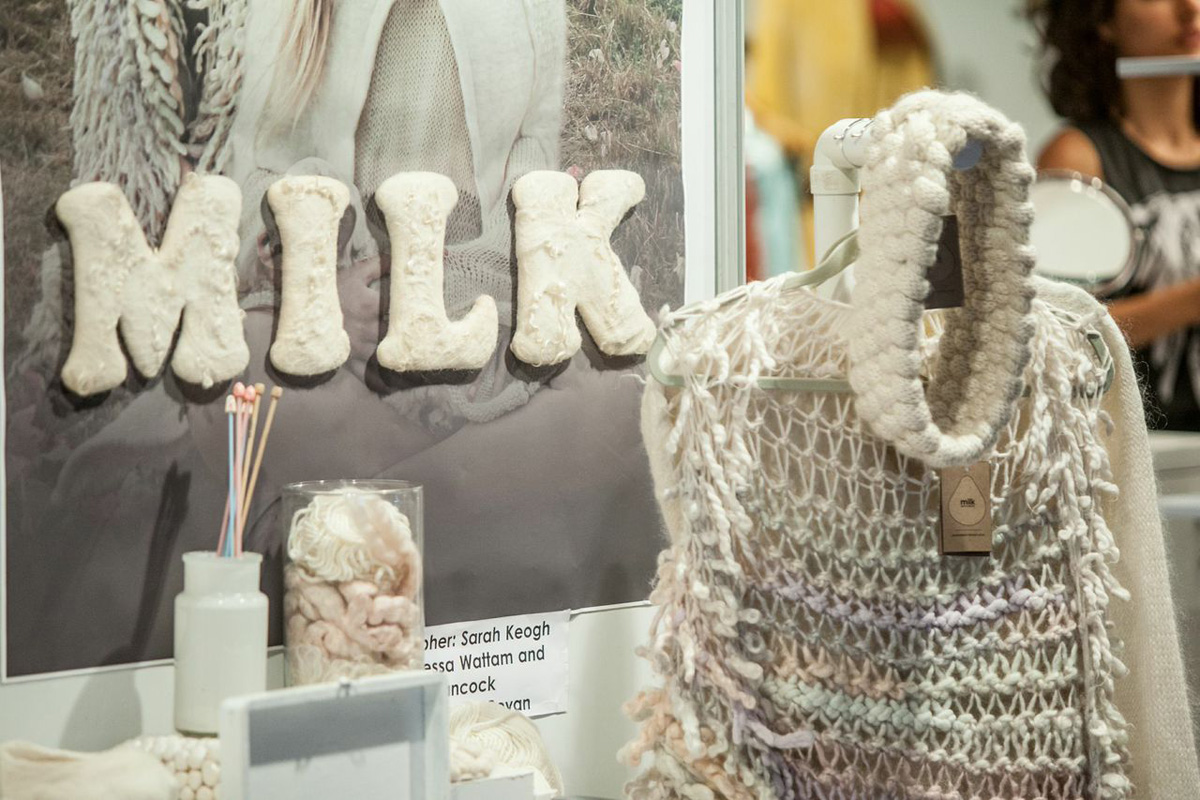
Unlike other design fairs, which often represent a country, you’re saying that DI has come to represent a continent?
Yes, and I feel as much of a kinship celebrating somebody from Dakar or Nairobi as I would somebody from Cape Town. We really try to carry a torch for continental interests. The way I look at it is that Cape Town happens to be the wonderful front porch of this house called Africa, and it’s a beautiful, good place for all of us to aggregate.
Images courtesy of Design Indaba
